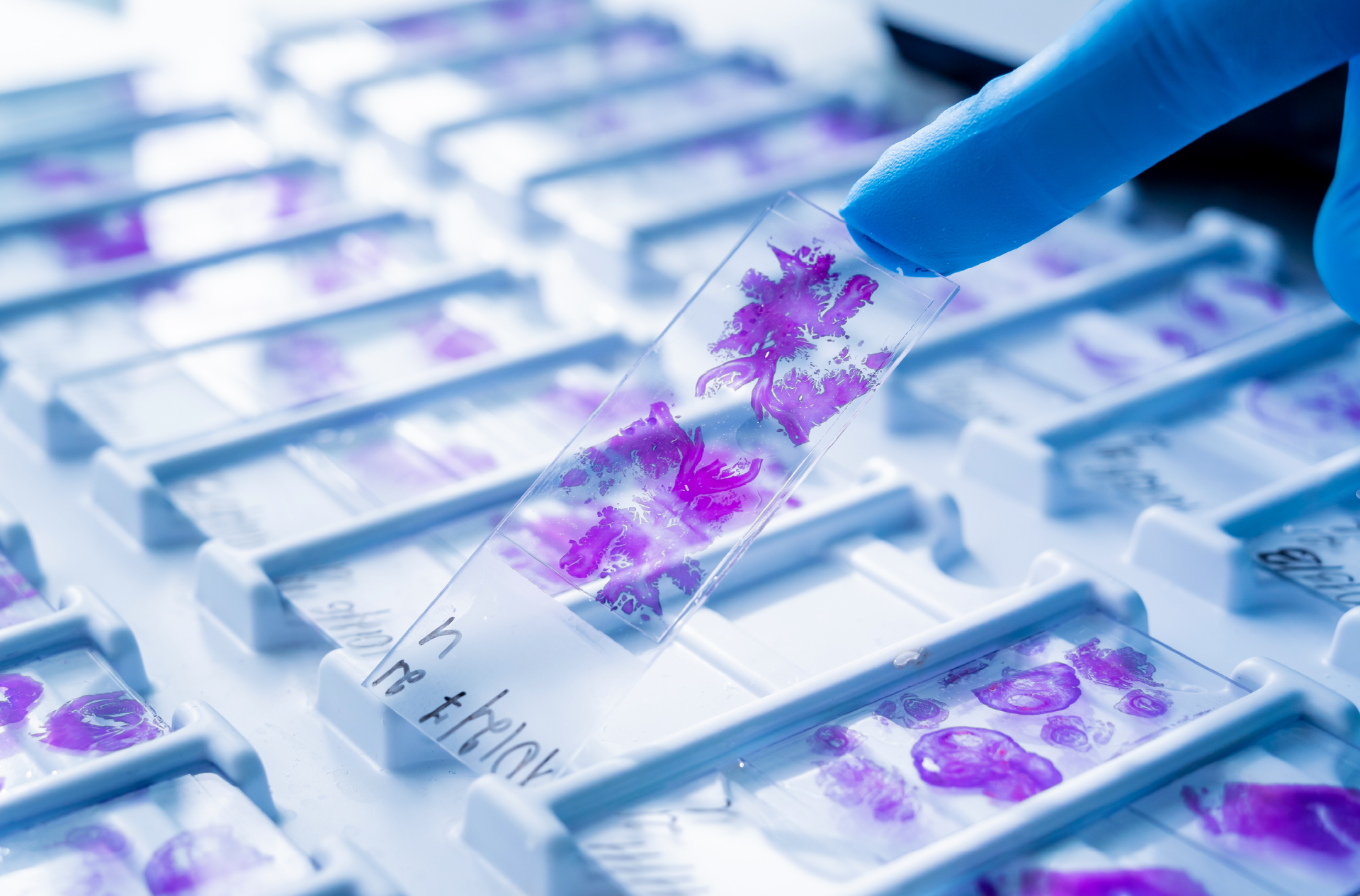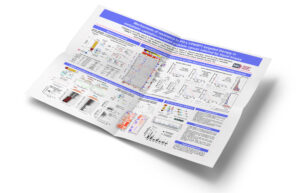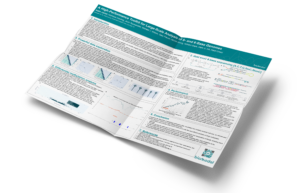Definiton of FFPE: Formalin-Fixed Paraffin-Embedded tissue is a commonly used method for preserving tissues in the field of histopathology. It involves the fixation of tissues using formalin and subsequent embedding in paraffin wax. This technique allows for long-term preservation of tissue morphology and cellular details, making it the standard preservation procedure in diagnostic surgical pathology.
The importance of Formalin-Fixed Paraffin-Embedded (FFPE) tissue
FFPE tissue plays a critical role in histopathological diagnosis, as it allows for the examination of tissue samples under a microscope. It is particularly valuable in the diagnosis of a wide variety of diseases like cancer. Pathology departments routinely archive large numbers of FFPE tissue blocks, making them a valuable resource for translational clinical research.
Challenges of FFPE tissue for molecular analysis
While FFPE tissue is ideal for preserving tissue morphology, it presents challenges for molecular analysis. The formalin fixation process induces cross-linking of proteins, resulting in the degradation and fragmentation of nucleic acids. This can make it difficult to extract high-quality DNA, RNA, and proteins from FFPE tissue.
Extracting nucleic acids from FFPE tissue
Despite the challenges, there have been significant advancements in extracting nucleic acids from FFPE tissue. Studies have shown that it is possible to extract DNA, RNA, and miRNA from FFPE blocks, albeit with varying degrees of degradation. The extracted DNA can be used for amplification and downstream analysis, while the RNA can be used for gene expression analysis. Epigenetic marks, such as DNA methylation, are also preserved through the FFPE process. They can suffer from the same degradation as whole DNA, but extraction techniques with sufficient sensitivity can still yield levels acceptable for further analysis.
Protein analysis in FFPE tissue
Protein analysis in FFPE tissue is also possible, although it presents its own set of challenges. FFPE blocks have been successfully used as a source from which to isolate Proteins used in techniques such as mass spectrometry, Western blot, and reverse-phase arrays. These techniques allow for the analysis of protein biomarkers, which can provide valuable insights into disease diagnosis and prognosis.
Advances in FFPE tissue analysis
In recent years, there have been significant advances in the analysis of FFPE tissue. One promising technology is Reverse Phase Protein Array (RPPA), which allows for the simultaneous analysis of multiple patient samples and the quantification of protein biomarkers. RPPA has the potential to revolutionise therapy decisions and personalised molecular therapies by providing precise protein quantification in clinical FFPE tissues.
Storage Period and FFPE Tissue Analysis
A common question in FFPE tissue analysis is whether the storage period has an effect on the quantity and quality of extracted macromolecules. Several studies have investigated this and found no significant differences in macromolecules from FFPE blocks stored for different periods of time. This suggests that FFPE blocks stored for many years can still provide valuable molecular information.
Analysing genetic and epigenetic information from FFPE samples using duet multiomics solution evoC
FFPE samples represent an important way of conserving previous material, and the ability to generate simultaneous genetic and epigenetic information from them is invaluable. In this tech note, we demonstrate the use of duet multiomics solution evoC to generate a powerful 6-base genome, containing canonical bases as well as distinguishing 5mC and 5hmC, from FFPE cancer samples.
Future implications for FFPE tissue
The use of FFPE tissue in molecular analysis has opened up new possibilities in the field of personalised medicine. By analysing a larger cohort of high-quality samples, researchers can study various biomarkers used for targeted therapies and prognosis. FFPE tissue not only provides valuable clinical information but also helps researchers understand why patients respond to individualised treatments in different ways.
Conclusion
Formalin-Fixed Paraffin-Embedded (FFPE) tissue is a widely used method for preserving tissues in histopathology. Despite its challenges, such as protein cross-linking and nucleic acid degradation, significant progress has been made in extracting DNA, RNA, and proteins from FFPE blocks. These advancements have paved the way for the analysis of protein biomarkers and the implementation of personalised molecular therapies. FFPE tissue represents a valuable resource for clinical research and has the potential to revolutionise the field of personalised medicine.




